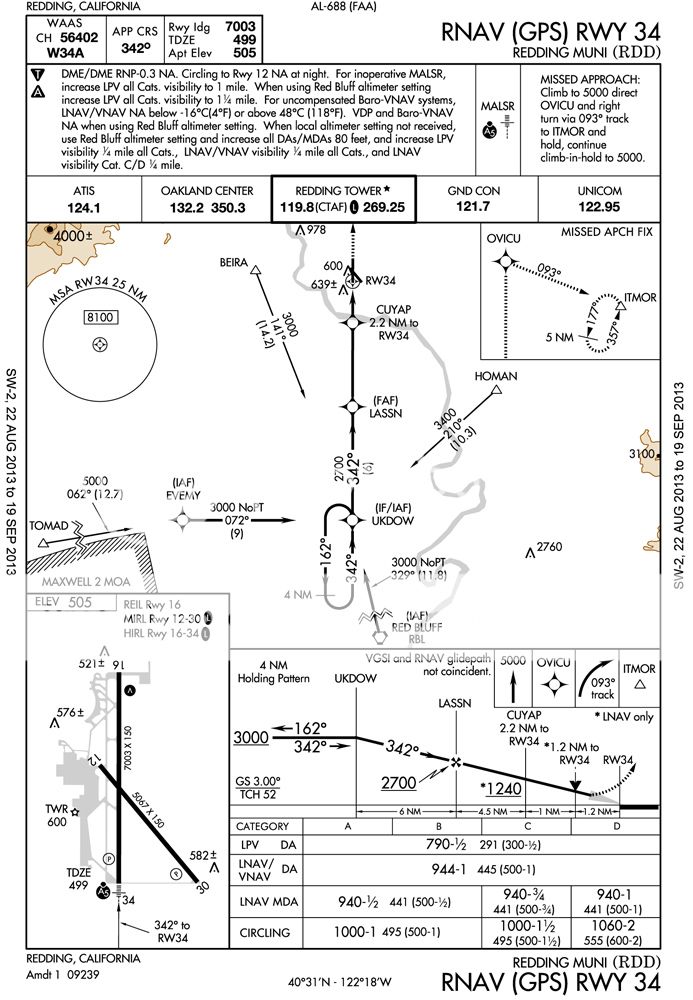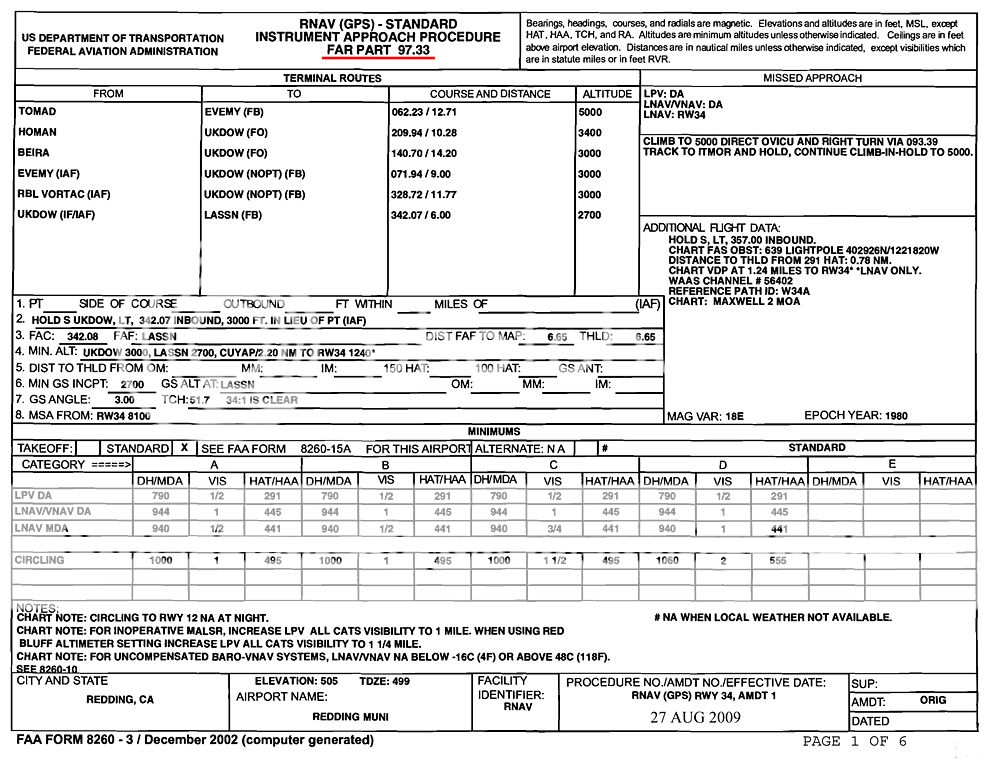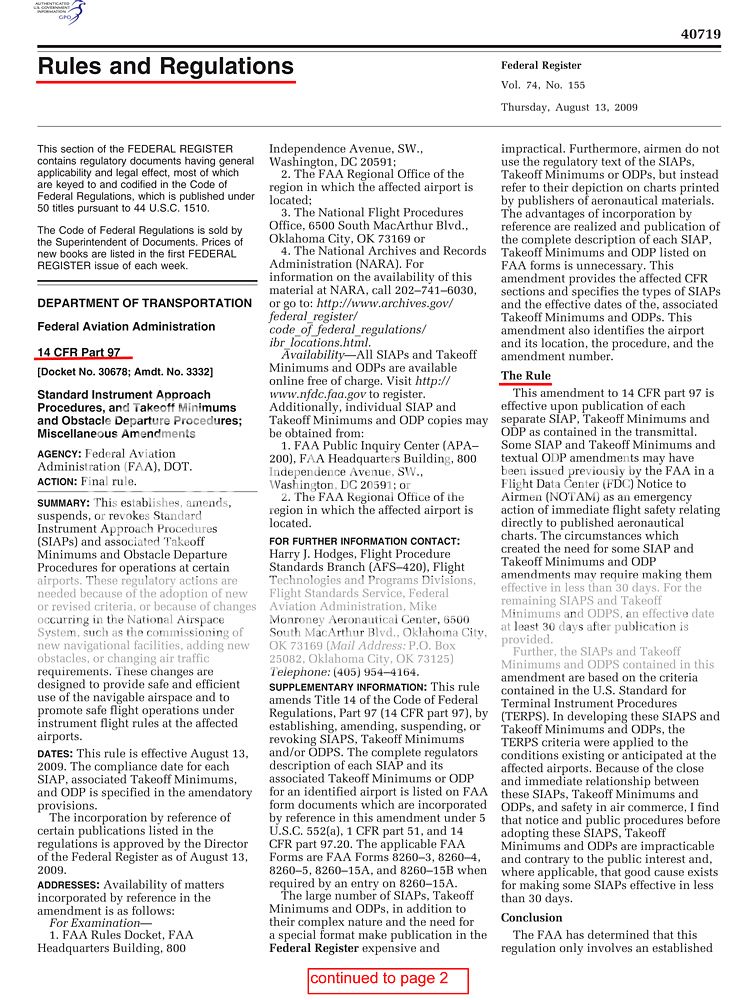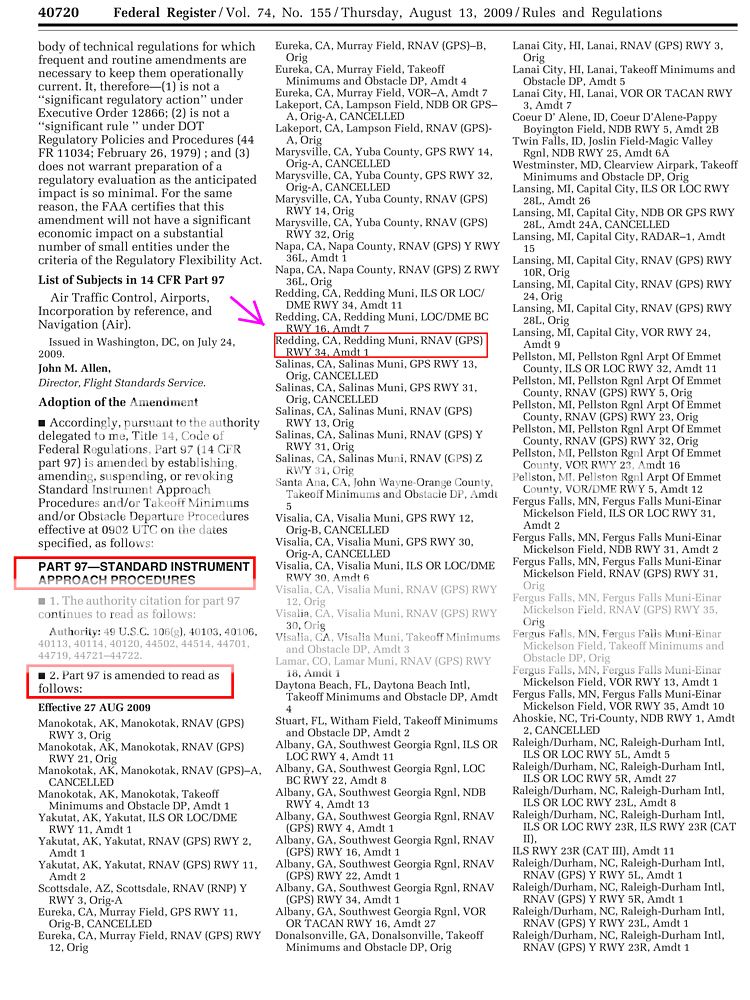John Collins
En-Route
So that's it eh? The herd has decided a race track is required to get on a course that you're already on.
Super. Ya'll have fun with that.
I guess I must be part of the herd if that means following the rules. When I disagree with the rule, I still follow it, however, I have gotten involved and challenged a few rules and done something about it.






